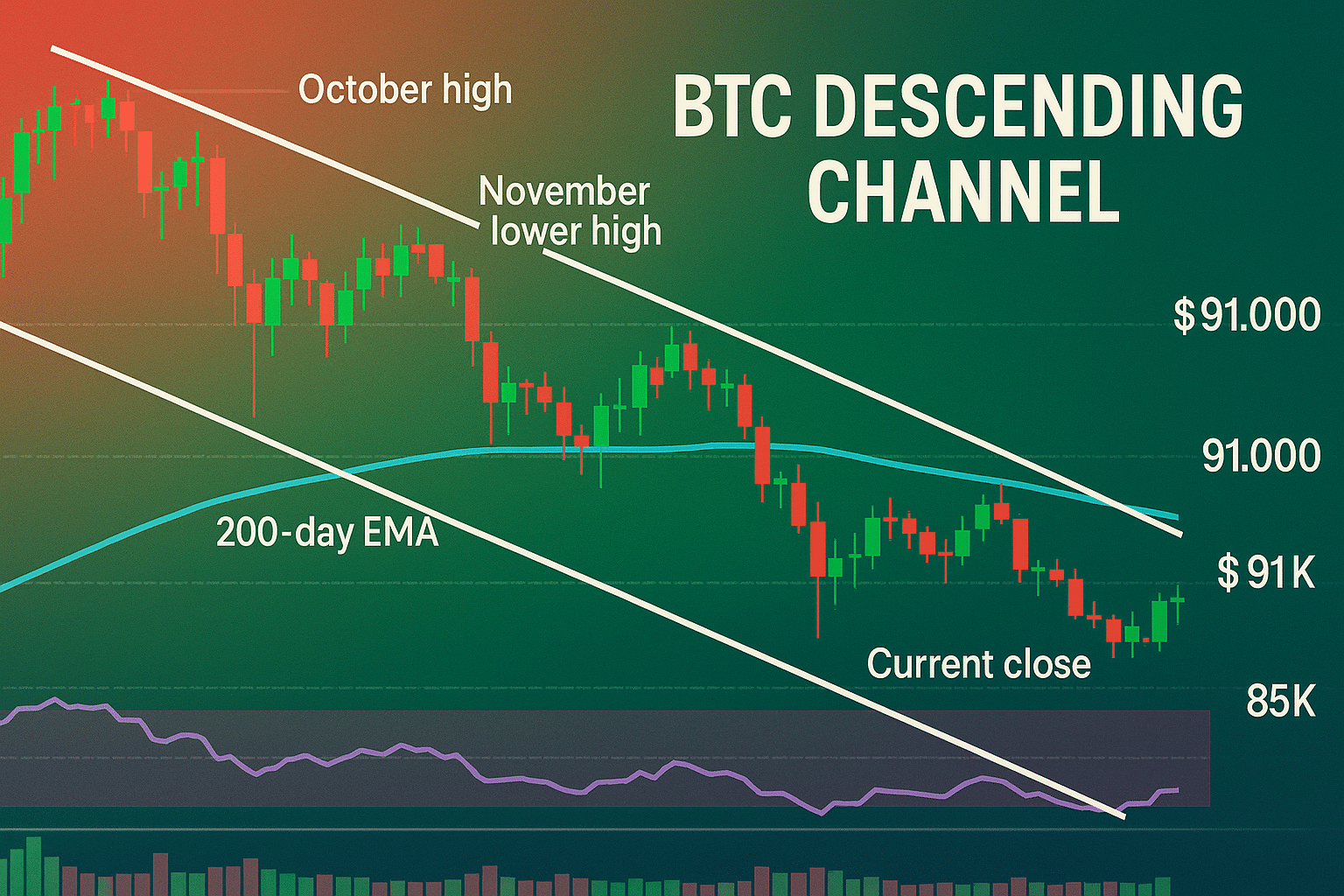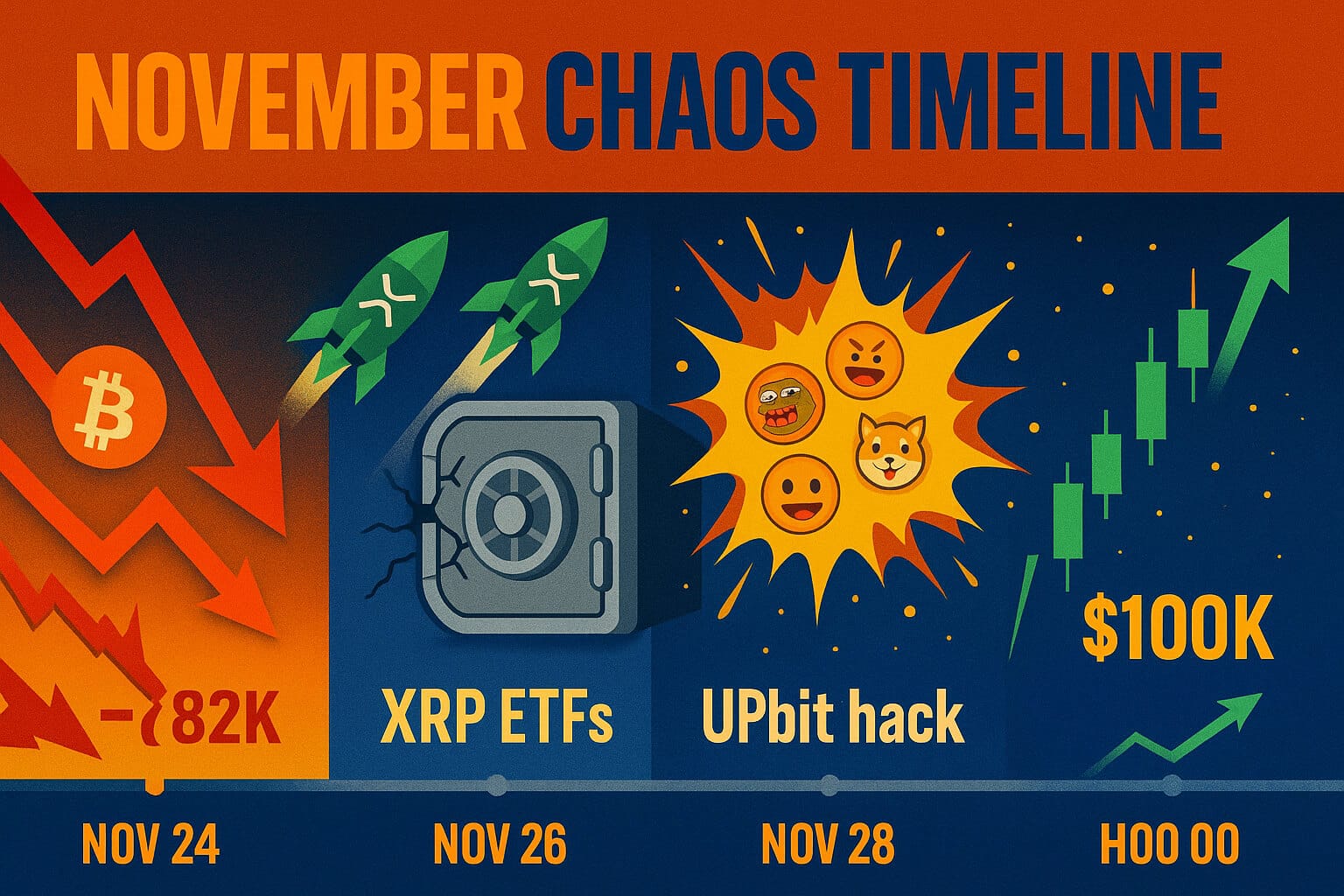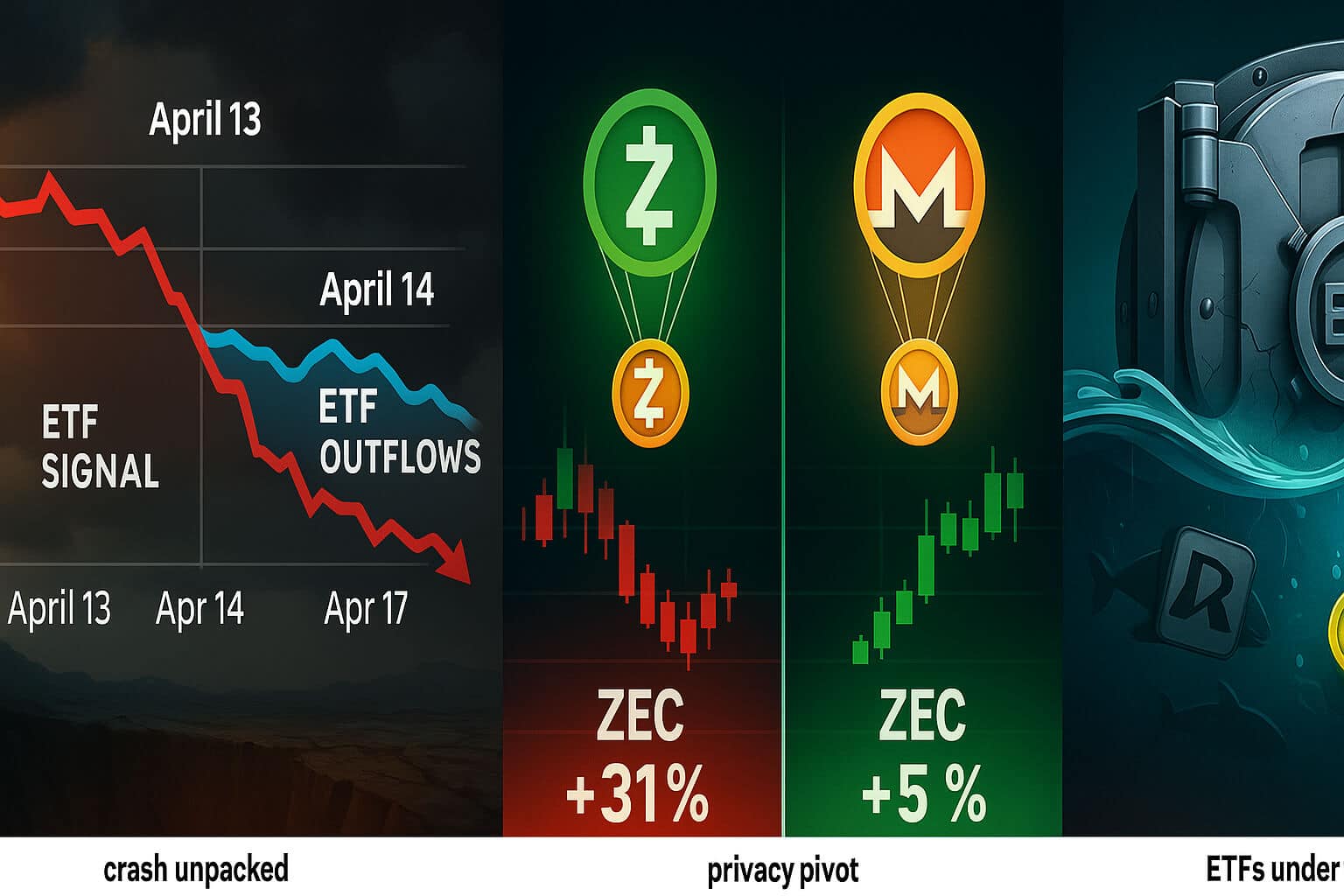The rise of cryptocurrencies in recent years has revolutionized the financial world. From peer-to-peer payments to decentralized finance, the crypto ecosystem has evolved from fringe to front-page news. But one of the most profound shifts underway in 2025? The growing cryptocurrency impact on local currencies and what that means for economies around the globe.
1. The Development of Cryptocurrencies in 2024–2025
1.1 Market Evolution
The total cryptocurrency market capitalization reached $3.9 trillion in December 2024, before settling at $3.5 trillion in early 2025. Bitcoin led the surge by crossing the $100,000 threshold, while Ethereum’s momentum was fueled by the successful rollout of Ethereum 2.0.
-
Bitcoin ETFs and Ethereum ETFs brought institutional money into the fold, with a staggering $712 billion in trading volume reported in 2024.
-
MicroStrategy alone holds 214,400 BTC as of April 2024, underscoring growing corporate confidence in crypto as a reserve asset.
1.2 Tech Innovations
New-gen blockchains like Solana and Avalanche provide ultra-fast and low-cost transactions, ideal for DeFi and dApps. Solana reached a $113 billion market cap by December 2024.
1.3 Regulation
Europe took a leap with the full rollout of the Markets in Crypto-Assets (MiCA) regulation in 2024, boosting transparency and investor protections. In the U.S., the 2025 Trump administration is rolling back CBDC efforts and supporting private stablecoins instead.
2. Why Crypto Is Competing With Local Currencies
2.1 Alternative to Fiat
In countries plagued by inflation Argentina, Venezuela, and others cryptos like Bitcoin and USDC are replacing fiat for daily transactions.
-
Solana, known for transaction costs near zero, is gaining popularity in retail payment systems.
-
In France, however, Article L111-1 of the Monetary and Financial Code ensures that the euro remains the only legal tender.
2.2 Portfolio Diversification
Crypto offers a hedge against inflation and currency devaluation. Even in stable economies like France, KPMG reports that 10% of citizens now hold cryptocurrencies.
2.3 Remittances
Cross-border crypto use is booming. Coins like XRP and Stellar allow near-instant global transfers with minimal fees, challenging the SWIFT system.
3. Central Banks Responding to Crypto Growth
3.1 CBDC Rollouts
To keep pace, central banks are launching Central Bank Digital Currencies (CBDCs):
-
Bank of France is piloting a digital euro, both for retail use and interbank settlements.
-
Many other countries are in various stages of testing their own CBDCs to preserve monetary sovereignty.
3.2 Stricter Regulation
Governments are tightening the screws. While MiCA mandates compliance for all EU crypto platforms, the U.S. SEC is keeping a close watch on giants like Binance and Coinbase.

4. Effects on Local Currency Stability
4.1 Positive Impacts
-
Financial Inclusion: In underbanked regions (e.g., rural Africa), people are accessing digital finance without a bank account.
-
Lower Transaction Fees: Solana and Tron offer costs near-zero, undercutting traditional banking fees.
-
DeFi Innovation: Platforms offer loans, insurance, and yield farming, forcing legacy banks to modernize.
4.2 Risks and Challenges
-
Volatility: Cryptos can swing wildly AVAX dropped 70% after peaking in December 2024.
-
Illicit Use: Crypto’s anonymity opens doors to money laundering and tax evasion.
-
Monetary Sovereignty Loss: If people shift heavily to stablecoins, central banks could lose grip over monetary policy.
5. Real-World Case Studies
El Salvador
In 2021, Bitcoin became legal tender alongside USD. This move drew mixed reviews while it boosted digital adoption, it also alienated institutions like the IMF.
Africa
Nations like Kenya and Nigeria are seeing exploding crypto use to bypass restrictive fiat rules and access global markets.
Europe
The EU is betting on the digital euro to reclaim monetary control from stablecoins and crypto exchanges.
6. 2025 Outlook for Crypto and Fiat Currencies
-
Bitcoin is forecasted to hit $200,000–$250,000 in 2025 according to Bloomberg and Cointelegraph analysts.
-
Stablecoins like USDC are projected to become more dominant than volatile coins due to regulatory acceptance.
-
Governments will likely increase crypto oversight while simultaneously rolling out CBDCs to keep local currencies relevant.
7. Investor Recommendations
-
Be Cautious: Volatility remains a major risk never invest more than you can afford to lose.
-
Use Regulated Platforms: In Europe, stick to MiCA-compliant exchanges or those approved by AMF in France.
-
Diversify: Combine crypto with traditional assets to spread your risk.
Resources:
8. Conclusion: A Financial Revolution in Motion
The cryptocurrency impact on local currencies is undeniable. From economic empowerment in Africa to portfolio diversification in Europe, digital assets are pushing traditional money systems to evolve. As 2025 progresses, expect stronger regulatory frameworks, booming crypto infrastructure, and the ongoing tug-of-war between central banks and decentralized protocols.
Cryptocurrencies are here to stay but they’re not replacing fiat entirely. Instead, they’re reshaping how money works, who controls it, and what the future of finance looks like.
Stay Updated
For the latest Crypto Airdrop updates, visit Freecoins24.io.
Moreover, for more information on crypto adoption, CBDC developments, and regulatory updates, follow us on:
-
Twitter – Stay ahead with breaking news and crypto trends.
-
Telegram – Join discussions on upcoming airdrops and global crypto shifts.
-
FreeCoins24 – Access verified crypto insights, comparisons, and resources.
Special Offer: Explore Crypto on Bybit
Looking to trade top cryptocurrencies like BTC, ETH, and SOL?
Sign up on Bybit today and receive up to $30,000 in deposit bonuses.
Start trading confidently on one of the most trusted global platforms!

















